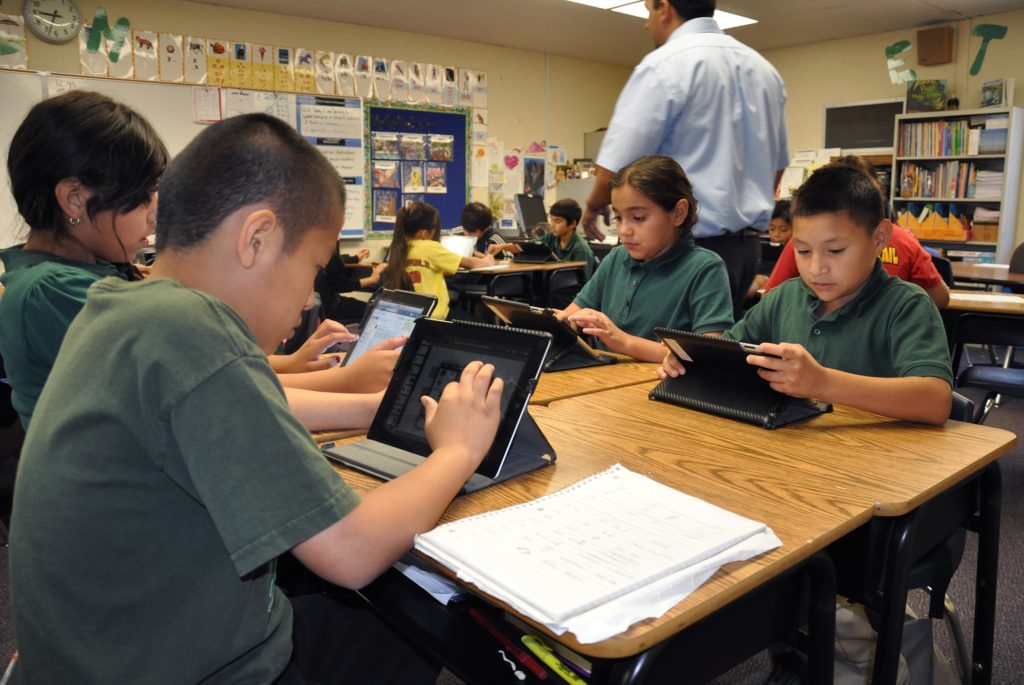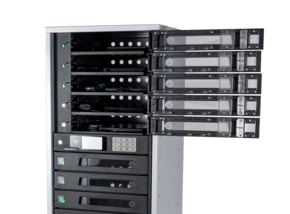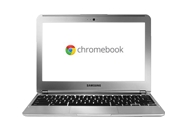Bridging the Digital Access Gap
To develop the technology literacy skills required for 21st century success, students need anytime, anywhere access to digital tools. But students who grow up in poverty are far less likely to have or use these tools at home. This is why a growing number of schools have developed digital equity plans to bridge the access gap between disadvantaged students and their peers.
Mobile device charging stations are key elements in schools’ digital equity plans
As part of these plans, many schools are issuing mobile devices to students, and they’re looking for creative ways to make sure all students have high-speed internet service both at school and at home. Mobile device charging stations are critical components in these plans as well, so schools have a secure way to store and charge devices that are not in use—and so teachers can ensure that devices are fully charged and ready for classroom instruction.
Digital equity is an important issue for the Consortium for School Networking (CoSN). The national edtech organization has released several resources to help K-12 leaders understand the issue and develop solutions within their schools.
“Students deserve equal access to digital resources,” said Keith Krueger, CoSN’s chief executive officer. He the “civil rights issue of our time.”
One school system that has become a leader in the digital equity movement is Coachella Valley Unified School District in California. One of the poorest school systems in the nation, Coachella also became one of the first to issue iPads to every student in grades K-12.
In 2012, the district’s superintendent at the time, Darryl Adams, secured voter approval for a $42 million bond issue to fund more than 20,000 iPads, high-speed connectivity, and teacher training. “When I came into the district, I realized that only 60 percent of the students who went on to college graduated from college,” Adams said in a case study. “I knew there was something going on where we weren’t preparing our students to be successful after high school.”
He added: “We wanted to transform our system from an industrial model of education to a 21st-century model,” in which instruction was personalized for every child.
To store, charge, and protect the devices, Coachella Valley purchased Evo 40 iPad carts from LocknCharge. These mobile device charging stations help make sure the iPads are safely stowed, charged, and ready to use, which is especially useful in elementary school classrooms where students aren’t taking the devices home with them at night.
Having mobile device charging stations gives Coachella Valley leaders peace of mind that all students will be able to use a fully charged device for instruction. And the innovative design of the Evo 40 iPad Carts, in which the devices are stored and charged in easily accessible baskets, makes it fast and simple to hand them out and collect them—which saves valuable class time. In fact, Coachella Valley has found that it only takes two minutes to distribute iPads to every student at the start of class.
The LocknCharge iPad carts are “a game changer in terms of classroom management and getting to the activities we need to do that day,” said Education Technology Coordinator Edward Simoneau.
Coachella Valley students who are in middle and high school take their iPads home. To make sure all students can get online from home, even if their families can’t afford broadband access, the district has installed Wi-Fi on school buses and parks those buses in its poorest neighborhoods.
There is evidence to suggest that Coachella Valley’s focus on digital equity is paying off. District leaders credit the program with helping to raise graduation rates from 65 percent to 82 percent in four years. What’s more, even the poorest students are on a level playing field in terms of being ready for college and a career.
Wi-Fi-enabled school buses are one innovative strategy for making sure that all students can access the internet outside of school. In its digital equity resources, CoSN recommends other strategies as well, such as…
- Making school internet service available 24-7 in parking lots and athletic fields.
- Providing portable Wi-Fi hotspots or cellular-enabled devices for students to check out from the library as needed.
- Extending existing school networks to homes and communities via private LTE network technology.
- Advertising public Wi-Fi services that are available in cafes, libraries, community centers, churches, and restaurants.
About seven in 10 teachers now assign homework that requires access to broadband, CoSN says. But data from the Federal Communications Commission suggests that nearly one in three households don’t subscribe to broadband services at any speed—often because they can’t afford to. When students don’t have broadband access at home, completing those assignments becomes extremely difficult.
“Access to technology and connectivity is an essential part of a student’s educational experience, both inside and outside of the classroom,” the organization says. “Educators are becoming increasingly aware that students lacking broadband at home face a unique and harmful set of challenges that need to be addressed.”
To learn about other ways LocknCharge products are helping underserved children, click here.






